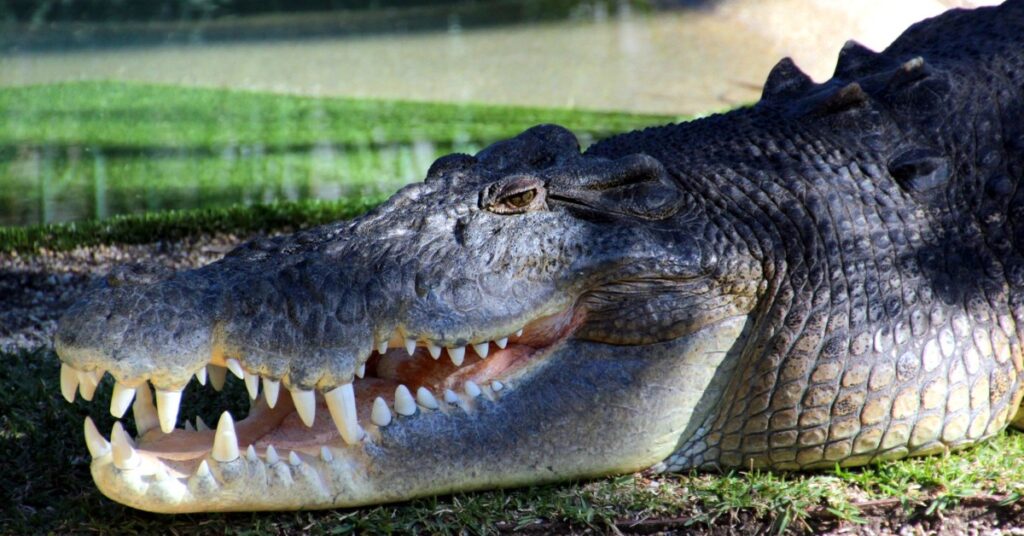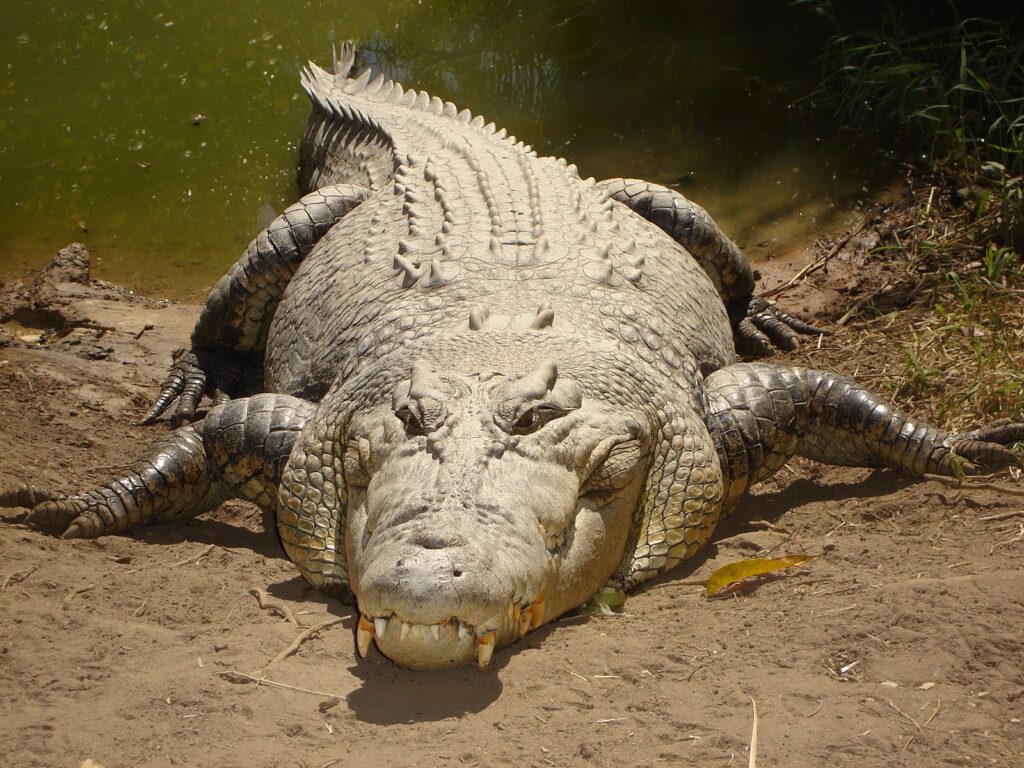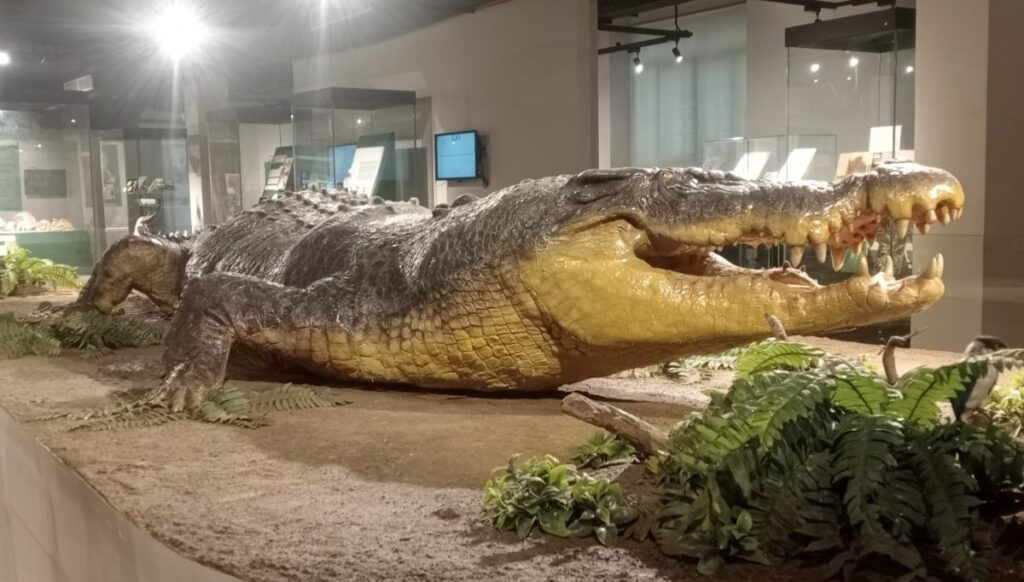
Australians affectionately refer to them as “salties.” “Toothy” would probably be a more apt term.

We have already written about the dog with the strongest bite force, which made us wonder: who is the winner of the strong bite contest in the entire animal kingdom? Turns out, the saltwater crocodile (Crocodylus porosus) reigns supreme when it comes to sheer jaw power. Often dubbed the “living dinosaur,” these apex predators possess a bite force that can shatter bones and crush prey with gobsmacking ease.
Not that surprisingly, the saltwater crocodile is the largest living crocodilian on Earth. On average, male saltwater crocodiles reach lengths of 17 feet (5.2 m) and weigh around 1,000 pounds (450 kg). However, it is not uncommon to find specimens that are 23 feet (7 m) long and weigh 2,200 pounds (1000 kg).
And their bite is a true match for their size. In a 2012 study published in the journal PLOS One, researchers investigated the bite force of captive saltwater crocodiles. Using specially designed equipment, they measured the force exerted by a specific individual and recorded a jaw-dropping 16,414 Newtons, which translates to a jaw-dropping 3,689 pounds per square inch (psi). This remarkable feat far surpasses the bite of any other living creature. By comparison, hyenas, lions, and tigers generate around 1,000 psi (4,450 newtons), while the average human bite force is 162 psi.

 The saltwater crocodile is the largest crocodilian. Photo: fvanrenterghem
The saltwater crocodile is the largest crocodilian. Photo: fvanrenterghemWe have to note that some sources, including Wikipedia and the BBC, herald the Nile crocodile as the animal with the strongest bit force. Brady Barr, a National Geographic explorer and herpetologist, conducted an experiment to measure the bite force of a wild Nile crocodile, wearing a special suit resembling a crocodile to protect himself while approaching the animal.
The suit incorporated a mechanism to measure the force exerted by the crocodile when it attempted to bite the suit. Barr reported a measured bite force of 22 kN (approximately 5,000 psi). However, this experiment has not been published in a peer-reviewed scientific journal, so as far as scientifically validated research goes, the saltwater crocodile definitely holds the title for the strongest bite force.
Found in saltwater habitats, wetlands, and rivers spanning from India’s eastern coast, across Southeast Asia, and down to Australia’s northern coast, saltwater crocodiles boast a unique skull structure specifically adapted for generating immense bite force. Their enormous jaw muscles, coupled with a powerful closing mechanism, allow them to clamp down with unparalleled strength. Additionally, their sharp, conical teeth are perfectly designed for puncturing and tearing flesh, making them efficient hunters in their aquatic environment.
Those teeth aren’t built for chewing though, so the saltwater crocodile typically swallows its prey whole. Its diet includes a wide variety of creatures such as fish, invertebrates, birds, reptiles, and mammals, showing its non-selective feeding habits. Instances of attacking humans have been recorded in India and Indonesia.

And while the 2012 study provides a specific measurement, the true might of a saltwater crocodile’s bite extends beyond the raw numbers. The evolution of such a powerful bite serves saltwater crocodiles well in their role as apex predators, allowing them to overpower and subdue even the most formidable prey, ensuring their survival and dominance within the ecosystem. These prehistoric giants have been documented consuming animals as large as buffalo and even sharks – as they are excellent swimmers and are often spotted far out at sea.
Despite their impressive strength, saltwater crocodiles face significant threats due to habitat loss and hunting. These magnificent creatures are listed as “vulnerable” on the IUCN Red List, highlighting the need for conservation efforts to ensure their continued existence.

Leave a Reply